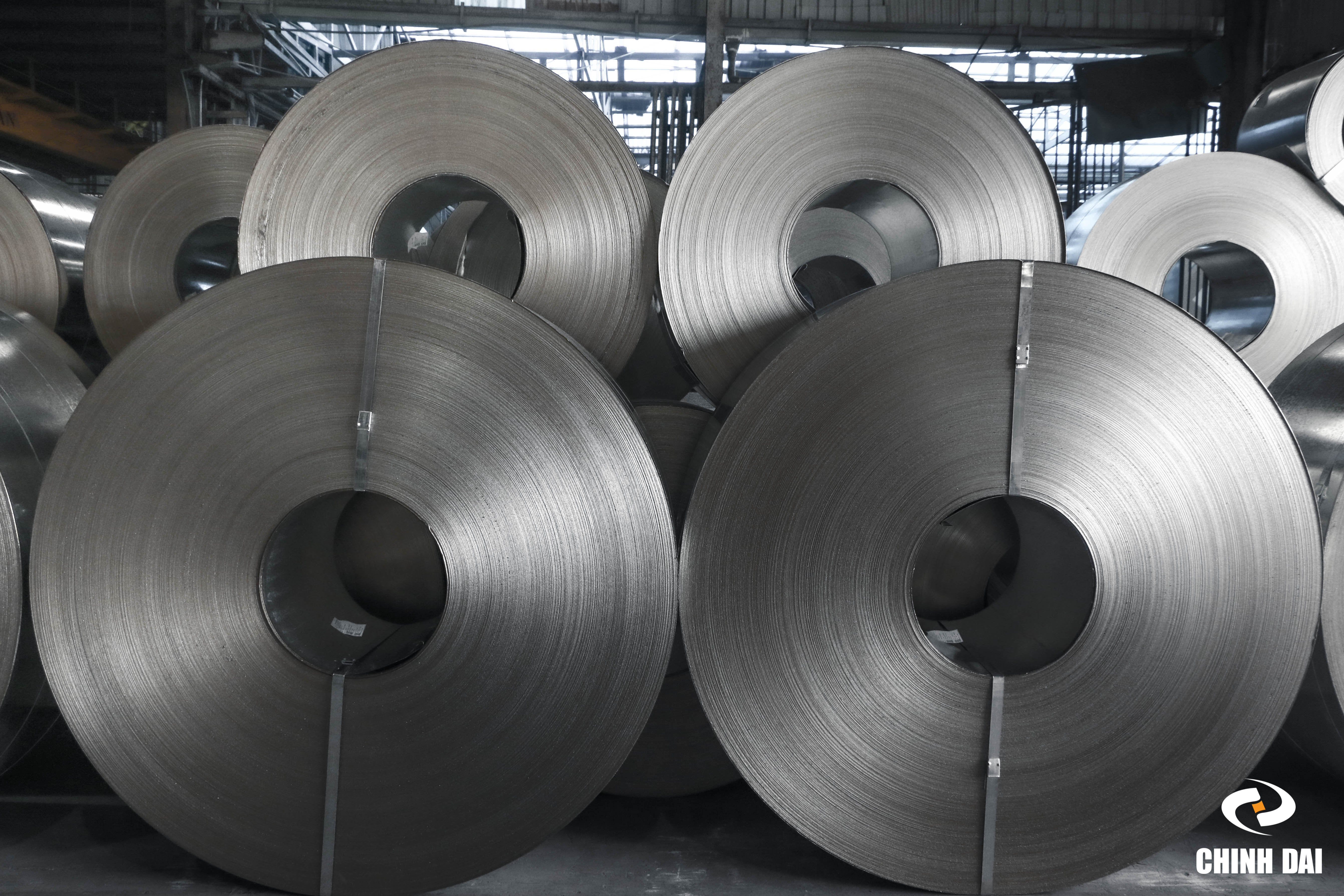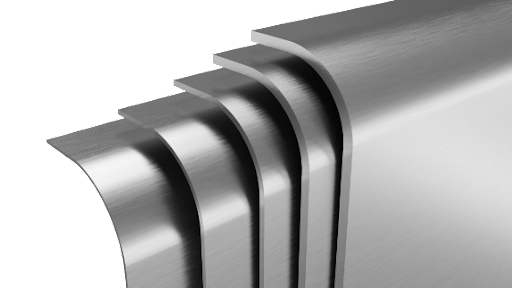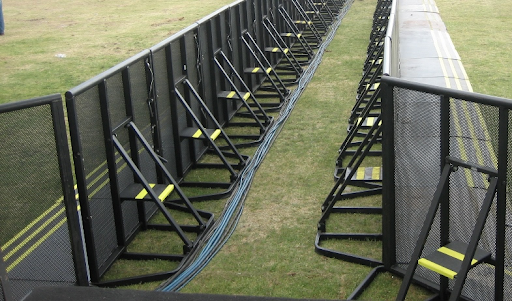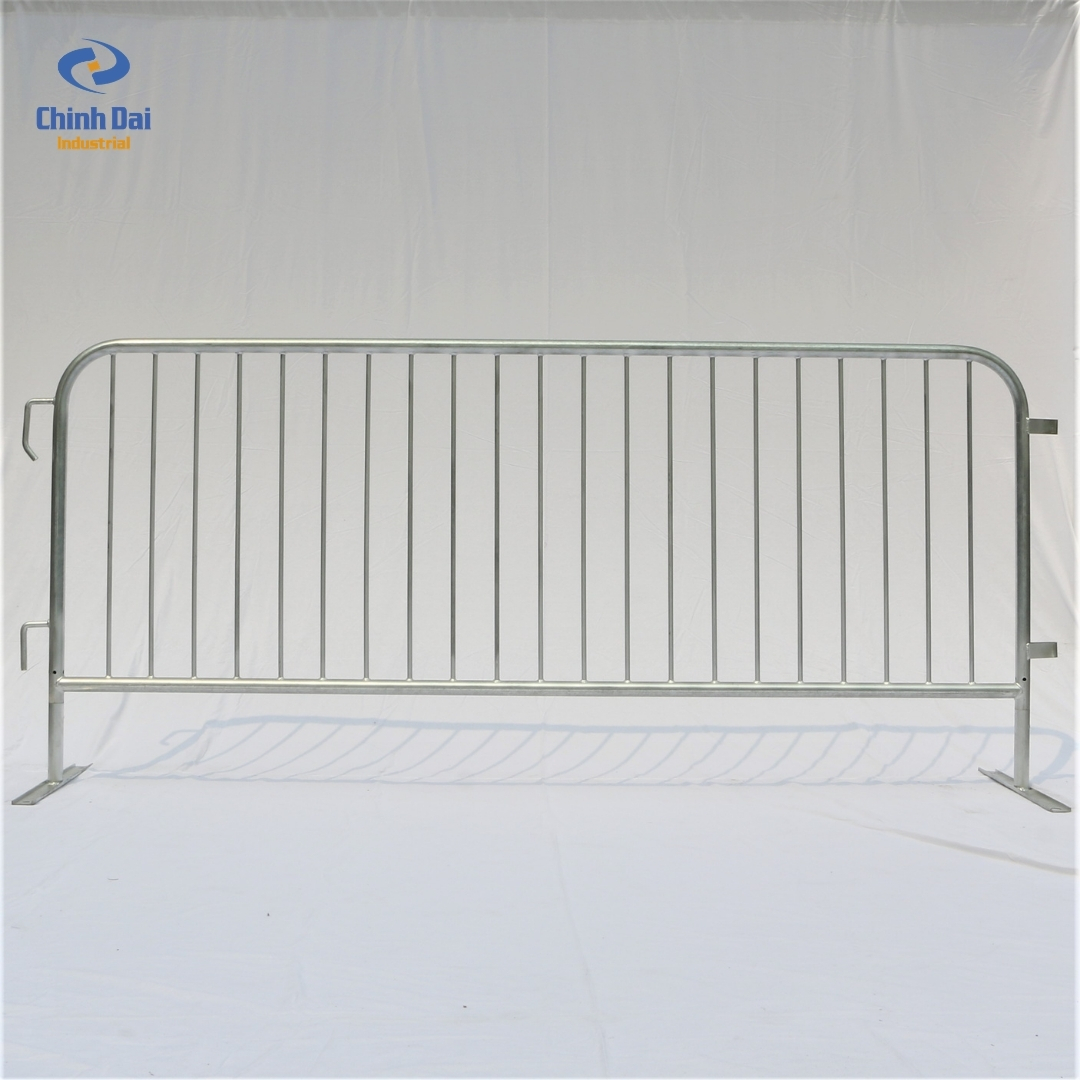Introduction
The past few years witnessed a massive increase in demand for steel barricades worldwide. The COVID-19 outbreaks pushed governments to bulk purchase crowd control barricades for multiple purposes. Now, even during the new normalcy, when all big and small public events come back to life, the demand doesn’t stop growing bigger and bigger.
If you are reading this blog, you most definitely have an interest in buying some new steel barricades. Since there’s more diversity in the market in terms of brands and types, as a customer, you should know your requirements well before making a decision. We guarantee that the information you will take away from this guide will be helpful for your purpose.
Classification of steel barricade based on features
There is not only one type of steel barricade in the market. If you are at a store or communicating with a supplier, you need to give more details about the type you want. Of course, your supplier can help with further information. However, you will find yourself in an unprepared situation with little time to consider the most suitable products.
Here in this guide, we will put steel barricades in groups based on their fundamental features, such as coatings, thickness, and feet. Take your time to read through and retain the knowledge to get the hang of buying steel barricades that cater to your needs.
Classification #1 : Know your coatings
Coatings play an inevitable role in finishing steel barricades. When it comes to coating, there are 3 main ways to layer your products.

At the first stop, the powder-coating method uses a powder paints spray to cover the surface of a product, then dries and hardens the paint to form the coating. This method is one of the oldest ways to protect steel barricades from corrosion. In addition to this, it also gives an aesthetic side to the products as manufacturers can provide in different colors for various decorative needs. However, layers of paint indicate a lower level of durability against harsh weather.
In this context, galvanization appears to be a more favorable solution. Pre-galvanization refers to a particular process where people immerse steel components completely in a hot “galvanizing bath” of liquefied zinc in a short period in order to form a thin coating. Even with this practice, the protection is much better than the previously mentioned way. Then these coated steel components will be cut in size to put together a finished product.
While “pre-gal” applies coating on steel parts, hot-dipped galvanization requires an immersion of a whole finished steelwork in the galvanizing bath of pure molten zinc for a longer period. This technique ensures total coverage of a thicker coating on the steel product, helping it fight effectively against corrosion.
Classification #2: Check the steel thickness

People in the field have used the gauge system internationally to size metal thickness (in this case, steel) for years. According to industry standards, “Gauge” simply means the total number of times steel has to go through a template (a die) to get to the fitting thickness.
The bigger the gauge number is, the more we have to grind the steel. There is a common mistake that steel of bigger gauge is more robust. On the contrary, 16-gauge steel (1.5mm thick) is more durable than 18-gauge steel (1.2mm thick).
In fact, steel suppliers in the market provide products of different gauges. The common types are 16-gauge, 18-gauge, 20-gauge, and 22-gauge, ranging from 1.8mm to 0.7mm in thickness.
However, there are even thicker steel products known as heavy gauge steel to enhance sturdiness over time in harsh conditions. Remember that a smaller gauge number indicates more steel in the product. This can easily be proven by weight, as more steel means “heavier.”
Classification #3: Mind the feet
Never forget that barricade feet determine how the products really stand on the ground in real-life situations. As the surfaces and usage plans can vary, steel barricades can go along with varied feet.

One of the most popular options is flat feet. A flat foot (or a T-stand) contains a flat steel base to lie balanced on the ground. With its structure, flat feet are highly recommended for even surfaces and not bumpy or grassy grounds. Flat feet barricades reduce tripping hazards and can be bolted onto the floor for more permanent fixtures.
On the other hand, bridge feet (or Y-stands) are better on uneven floors (such as surfaces with stones, soils, or grass). They give an improved balance but also come with a higher tripping rate in reality.
Roller feet (or wheel feet) are also great alternatives to adapt to situations where portability is essential, for example, when the event requires openings along the steel barricade lines. Roller feel can also perform a good balance on flat grounds, especially cemented streets and floors.
Now, steel suppliers can provide steel barricades with fixed feet welded into the products or with barrier bases as replacement parts. Welded feet don’t waste your time and effort to assemble, but detachable feet are more convenient for shipping and storing.
List of questions you should ask yourself
For many new or experienced buyers, purchasing steel barricades can be confusing at times. Hence, you may want to go through this requirement checking section and find yourself questions that best describe your confusion.
1. Which coating should I pick?
As we mentioned, each coating method is best utilized for very different situations concerning the type of events you are hosting, the size of the crowd, and even the weather.

If you don’t have a big budget, you can save some money with powder-coated steel barricades for small indoor events/purposes where the products aren’t exposed to harsh weather conditions. Suppose you intend to bring your barricades outside for a while every now and then for occasional occurrences. In that case, pre-galvanized steel barricades happen to be a good solution and also a cost-saving one.
Besides, hot-dipped galvanized steel barricades can stand in broad daylight when it’s super hot or raining torrents for a very long time without being worn out or oxidized easily. Consider using these for permanent set-ups and frequent usage.
2. What base type do I need for my barricades?
Choosing the type of barricade feet mainly depends on the ground you put them on. Flat feet work well on even surfaces and can be fixed onto the floor. You often find this feature in crowd control barriers. They usually produce minimum tripping hazard, but a heavy-duty flat base can cause more trouble than ordinary ones as they are thicker. Roller feets are another option for flat surfaces, namely streets, squares, and yards, where you can pull your barricades around.
Bridge bases are not a bad option as they keep the balance well on uneven grounds like on rocks and grass. But the tripping may happen more than usual, so attendees should be aware of their steps.
In addition, barricade feet can come as separate parts and not welded directly on the product. This way, they don’t take up much space, making transportation easier.
3. Is renting a possible option?

Another question to ask here is, “How often do you use your barricades?”. If you rarely host any event requiring steel barricades and the upcoming occasion is somewhat once in a blue moon, renting is reasonable. Buying barricades and not exploiting them enough make a bad investment.
However, owning steel barricades has its own great profits. In case the usage frequency is medium to high, buying is no doubt a yes. It means you don’t need to dispense both money and human resources for renting, delivering, and setting up. You also don’t have to schedule the shipping and worry that it will be late for your preset timeline.
4. Do I need barricade covers?
Barricade covers are not at all a waste of money. In reality, they can bear your company logo, slogan, or even mascot, which all contribute to your branding and identification in public. These covers can work efficiently as signage to indicate useful information about the event, like directions and precautions.
5. Do these steel barricades adhere to regulatory standards?
Any public event, especially if it is government-related, has its safety standards. It is important to check if these steel barricades you intend to purchase are made within the standards of relevant regulations and laws.
Chinh Dai Steel has always been a professional and reliable steel barricade supplier in both domestic and international markets. We are proud to affirm the high quality of our products as Chinh Dai’s steel barricade manufacture abides by ASTM and JIS standards.
CHINH DAI’S PRODUCT DETAILS

Product name: Steel Barricade
Standard: ASTM, JIS
Steel Grade: Q235
Steel Barricade Height: 1100 mm/ 44 inch
Steel Barricade Width: 2460 mm/ 8 feet
Steel Barricade Thickness: 1.5mm/ 16 gauge
Weight: 17.5kg ~39 lbs
Welded parts: F16mm hooks, 3mm pins
Finish: Pre-galvanized, Hot-dipped galvanised, Powder-coated
Minimum Quantity: One 40ft Container
Supply Ability: 3000 Pieces per month
SERVICE
Payment: Letter of Credit, T/T.
Delivery time: 30 — 60 days after receiving the deposit (depends on distance).
Packing: Steel pallet for all frames and feets.
Communication: 24/7 hotline, 24/7 email, fax, website. Your inquiry will be replied in 24 hours.
Consultancy: free 24/7 consultancy. Your private information and ideas of design will be protected.
